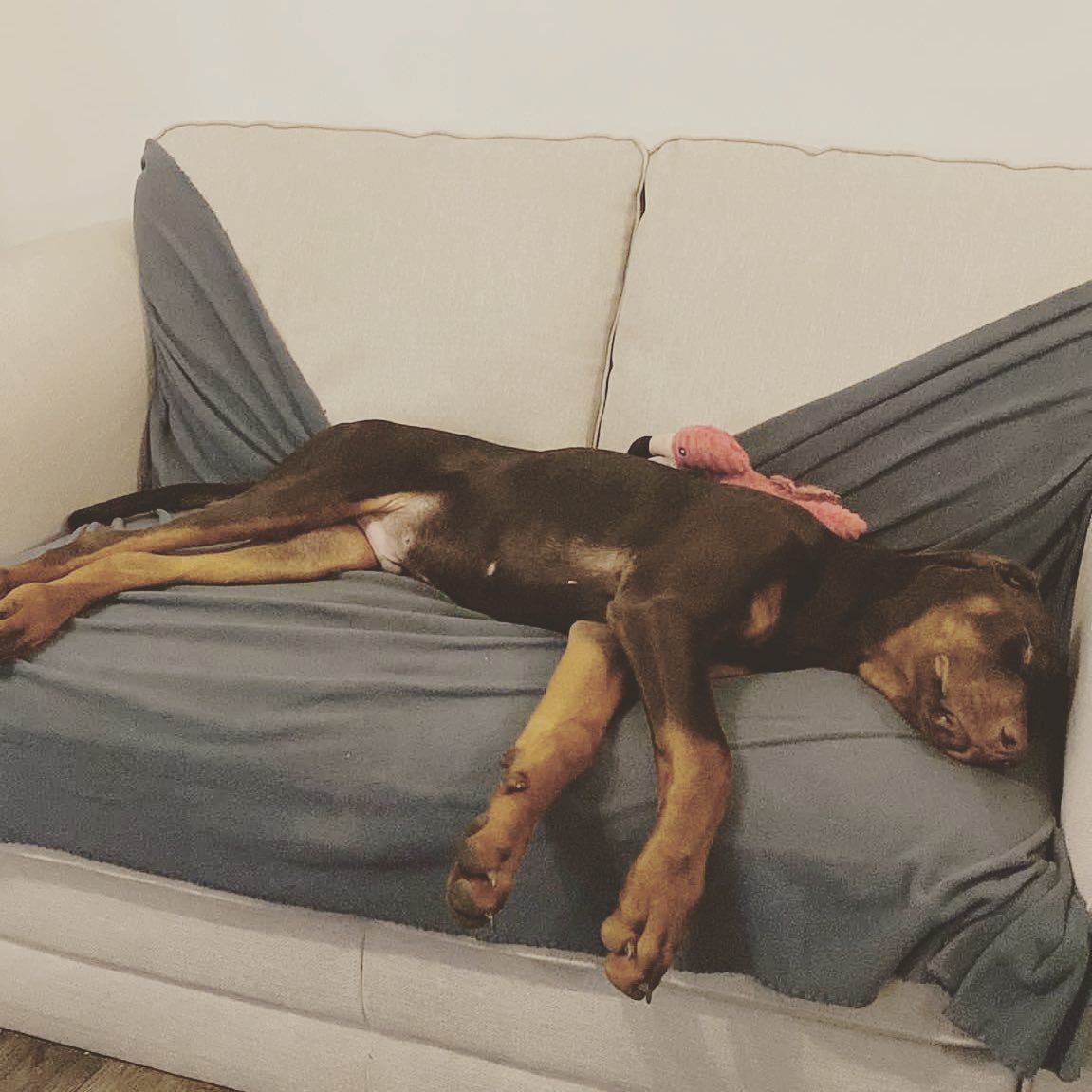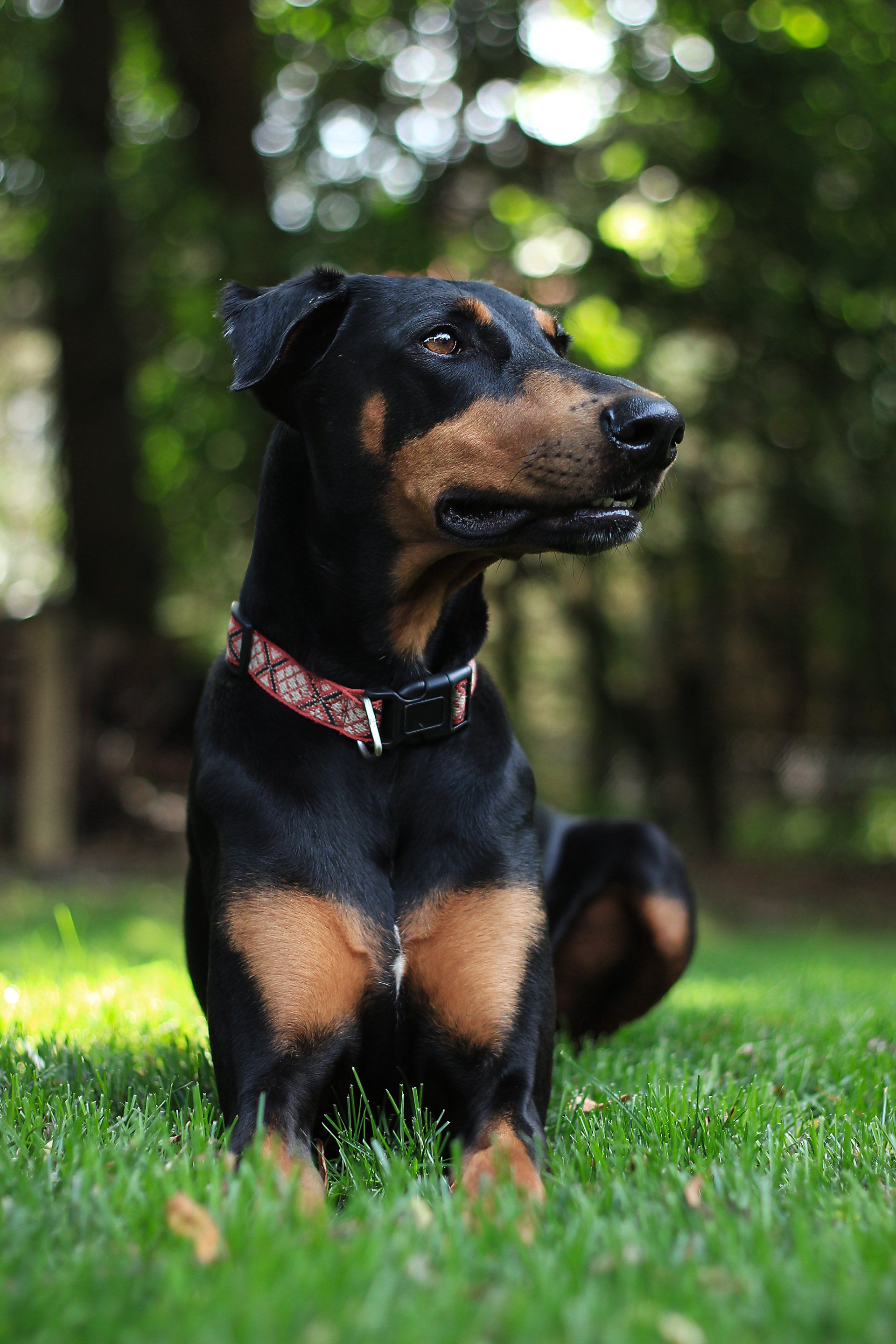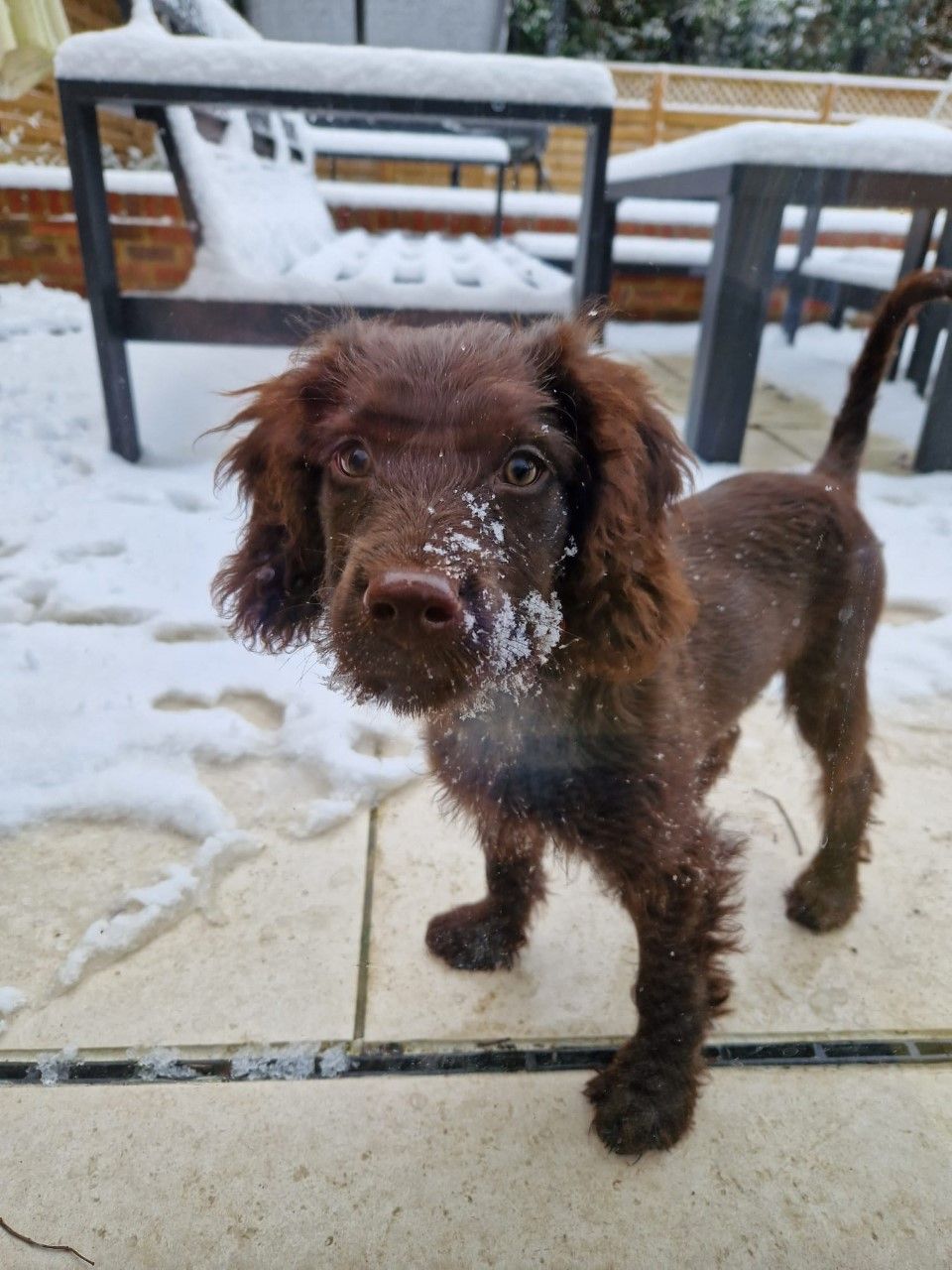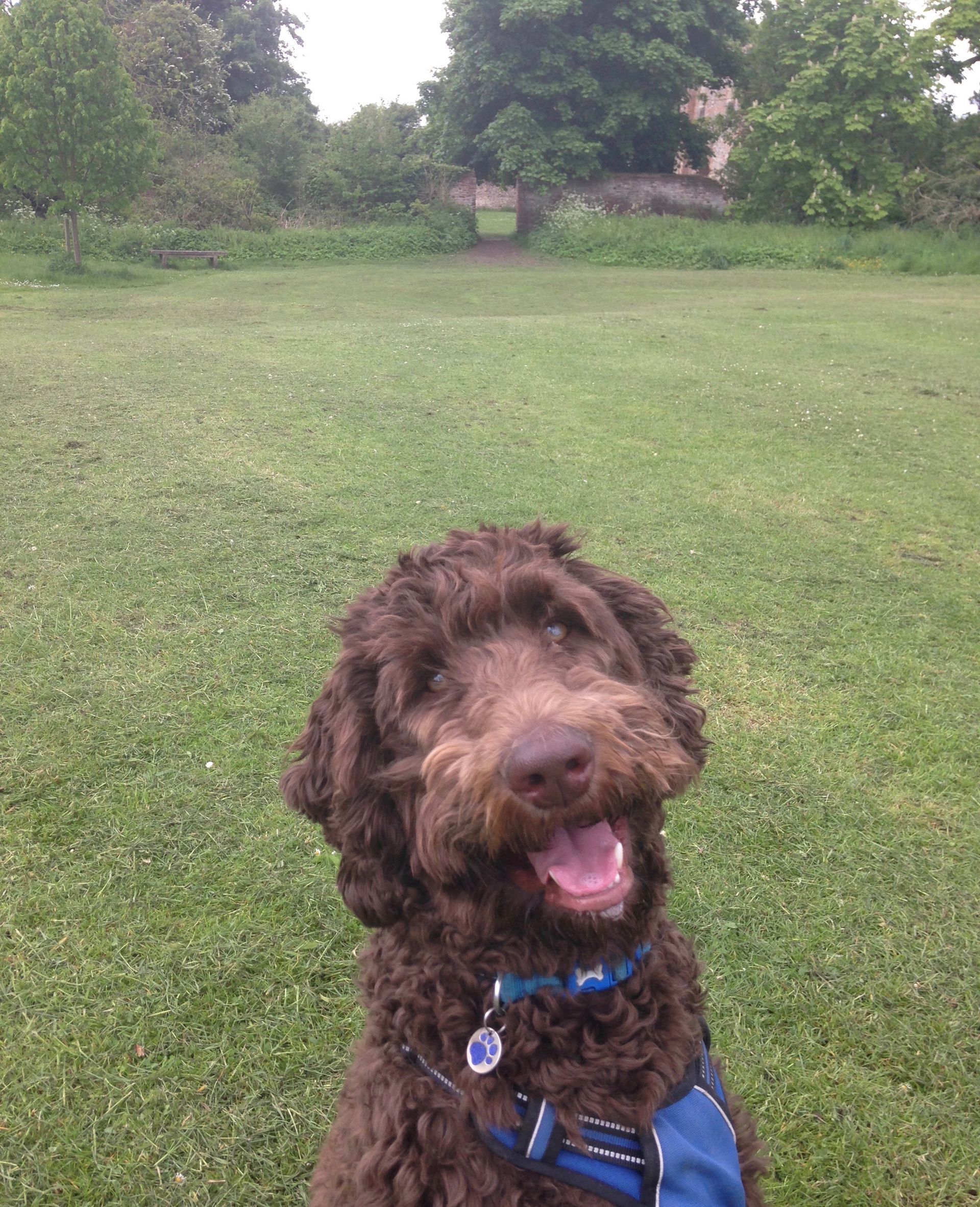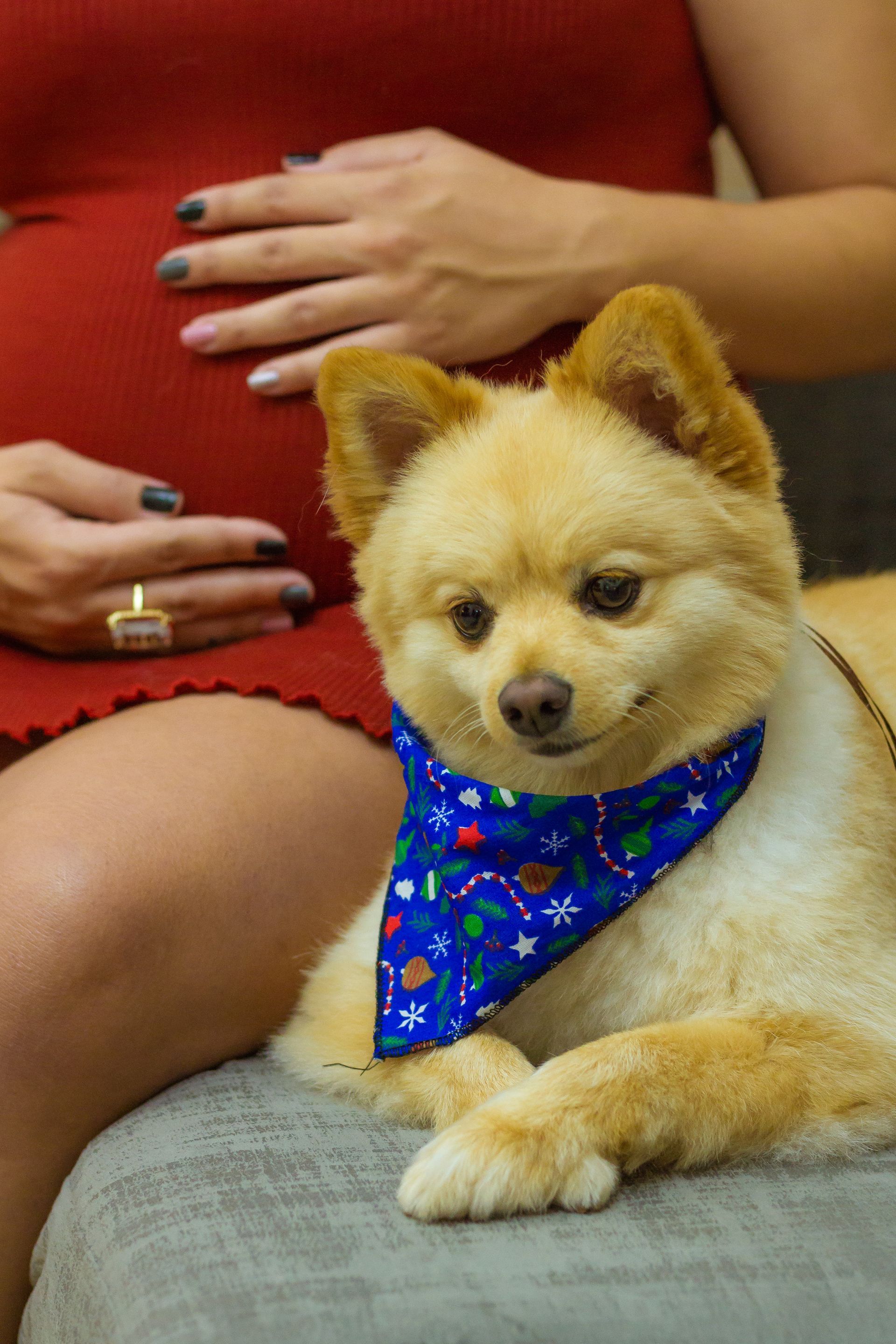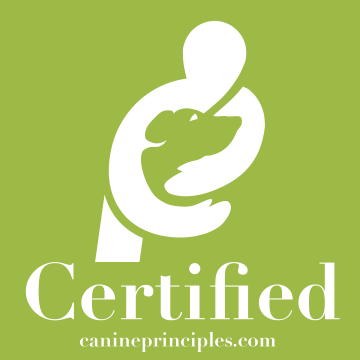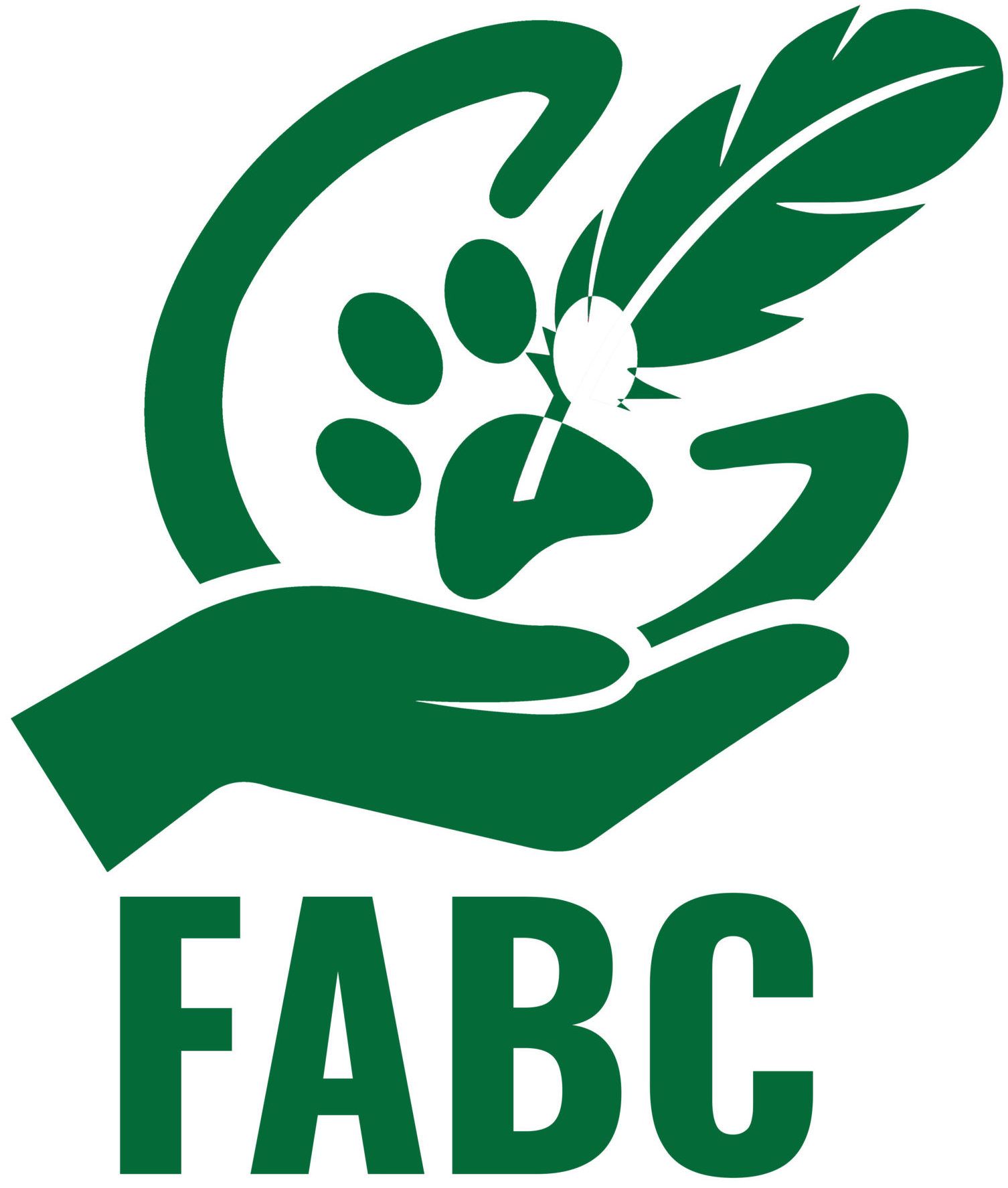Separation related challenges... some myths!
Separation Anxiety Myths

There are many misconceptions about separation anxiety, and it saddens me to see them. Some TikTok influencers claim they can "cure" a dog's separation anxiety in just a few days, when in reality, it often takes months of consistent effort and patience.
Let’s begin by understanding what separation anxiety (or separation challenges) really are and why they happen.
Separation anxiety has an evolutionary purpose. For a young puppy, being left alone could be life-threatening. Puppies that cry when separated are more likely to be found and reunited with their family. Dogs are social animals and naturally thrive in a pack environment.
Common behaviours associated with separation anxiety include destructive behaviour, excessive panting, vocalisation, elimination (peeing and pooping), reacting when you pick up your keys or put on shoes and a coat, not eating when left alone, and even vomiting or diarrhoea.
If you're not sure what your dog does when left alone, setting up a video camera with sound can provide valuable insight.
Common Myths About Separation Anxiety
- Getting another dog will fix the problem.
Adding another dog doesn’t address the underlying anxiety. It may provide company, but it won’t necessarily alleviate the dog's distress about being separated from you. - Leaving them with a food puzzle will help.
While a food puzzle might serve as a temporary distraction, once the food is gone, your dog is still alone. It could even become a signal that you’re about to leave, making the situation worse by creating a negative association with food. - Exercising them to tire them out will solve it.
A tired dog may sleep initially, but when they wake up and realise you're not there, the panic can set in again. Physical exhaustion doesn’t necessarily prevent anxiety.
Working Within a Dog's Stress Threshold
It’s crucial to work within your dog’s stress threshold, meaning you need to keep them calm and avoid pushing them into full panic mode. A bad experience can set back progress and make the dog even more sensitive to being left alone. Management, such as hiring pet sitters or dog walkers, can help during the desensitization process.
Desensitisation involves leaving your dog alone for periods that don't trigger anxiety. Gradually, you can increase this time as your dog becomes more comfortable.
Separation anxiety can have its ups and downs, which can feel overwhelming. Remember, it takes a team to overcome these challenges. Having trusted people around to help care for your dog can ease the pressure on you.
If you need guidance, don't hesitate to reach out.




